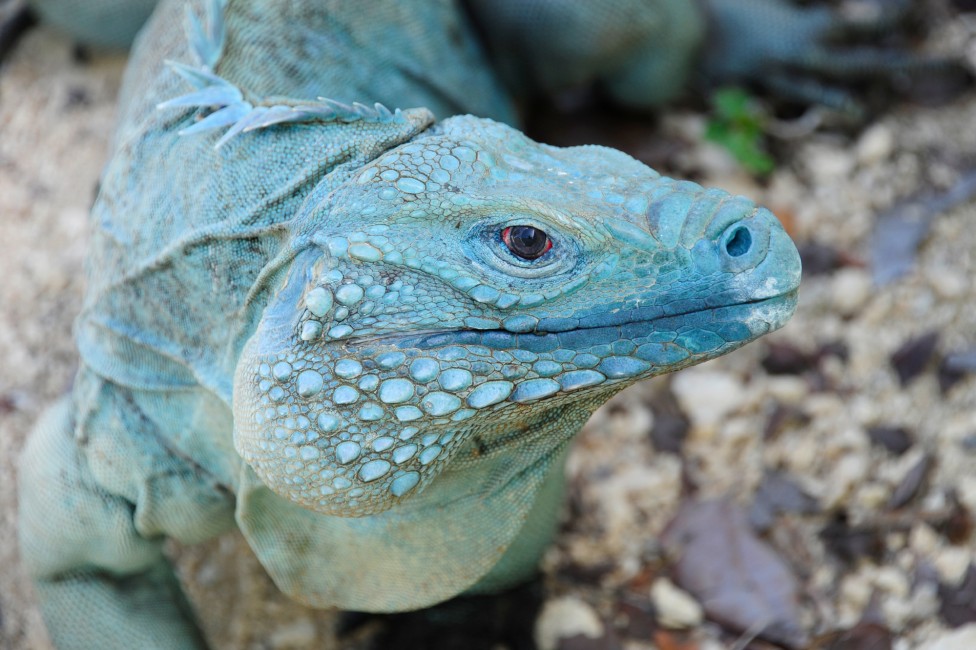
August 6, 2014
The Brink
- as seen by -
 Julie Larsen
Julie Larsen
PART 1
With skin the color of the cerulean sea, blue iguanas are the largest native land animals on Grand Cayman.
Their history is not so vibrant.
Blue iguanas evolved without worries on their island paradise. There were no carnivorous mammals to prey on them. They basked on pristine beaches. Their habitat at the interior of the island was inhospitable to most life, and blue iguanas flourished.
Then, the tides turned.
Once plentiful along the coast, the iguanas that preferred the shore were hunted out by early settlers. Those that remained inland faired somewhat better, protected by the razor-sharp karst and thorny shrub only they called home.
Time passed. People didn’t know much about the iguanas that shared their island, and they didn’t go looking.
Then, human population sprang up with numbers more than doubling every 12 years—bottlenecking the iguanas and systematically taking over their landscape.
The iguanas had no adaptation for all that came with expansion.
Ultimately, their numbers plummeted. By 2002, fewer than a dozen blue iguanas had endured and were all that remained on Earth.
Bringing back an iguana population would take the right animals and the right group of conservationists.
Nikon D3
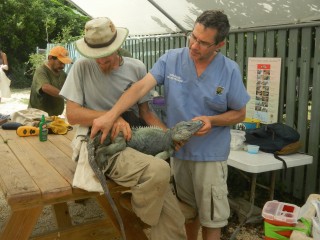
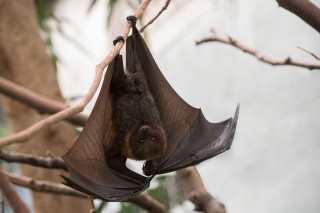
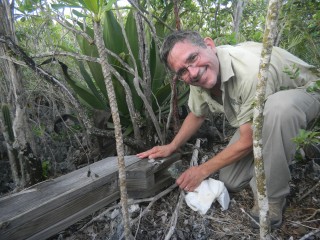
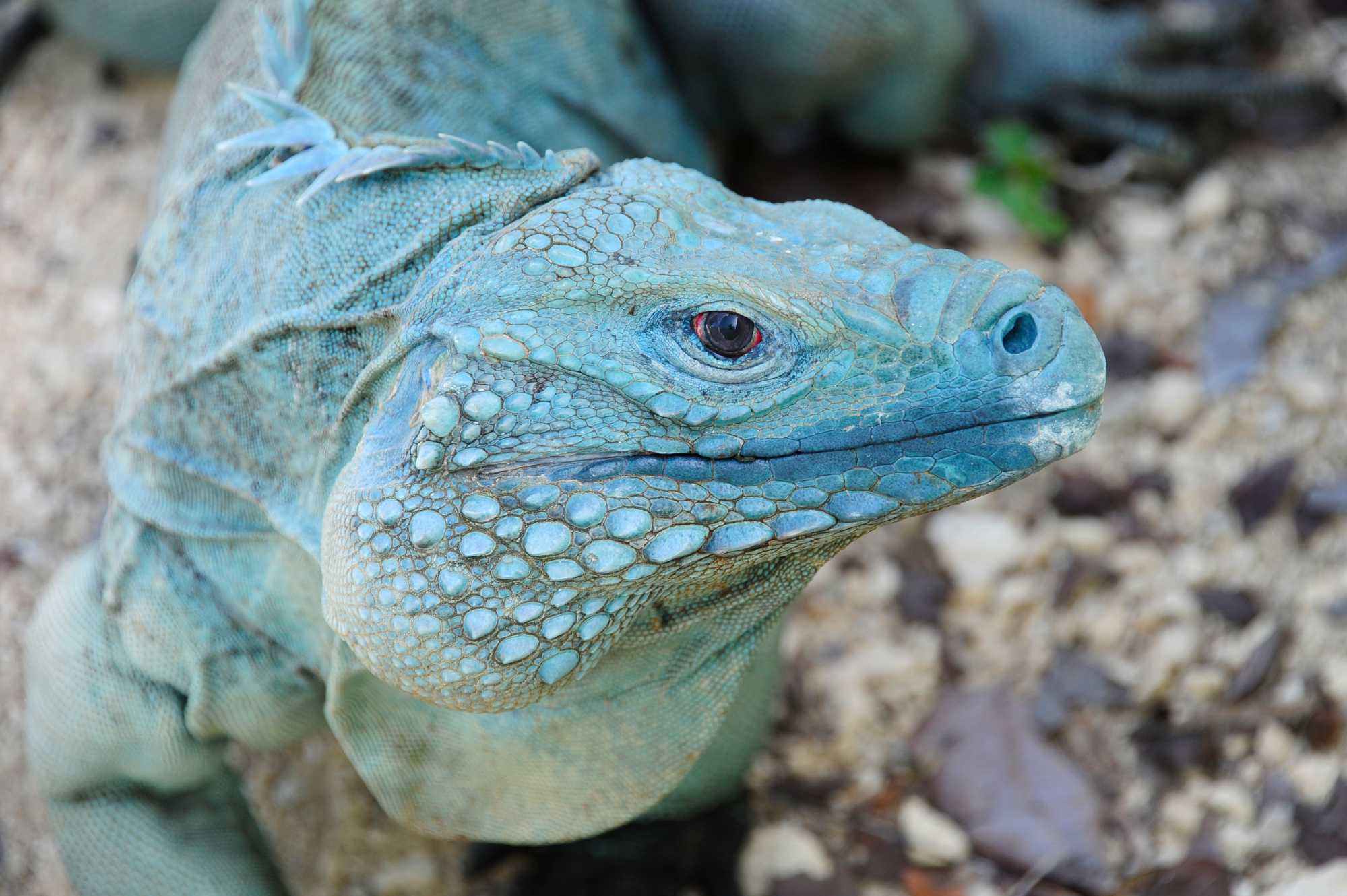
Leave a Comment
Ken Conley
August 6, 2014 at 12:04 pm
The blue is absolutely striking! Especially in contrast to the red in the eyes…
Check out the above link (“A Comeback for the Blue Iguana”) for some good news related to these beautiful creatures.
Pingback: Cayman islands: trying to save blue iguanas | Dear Kitty. Some blog